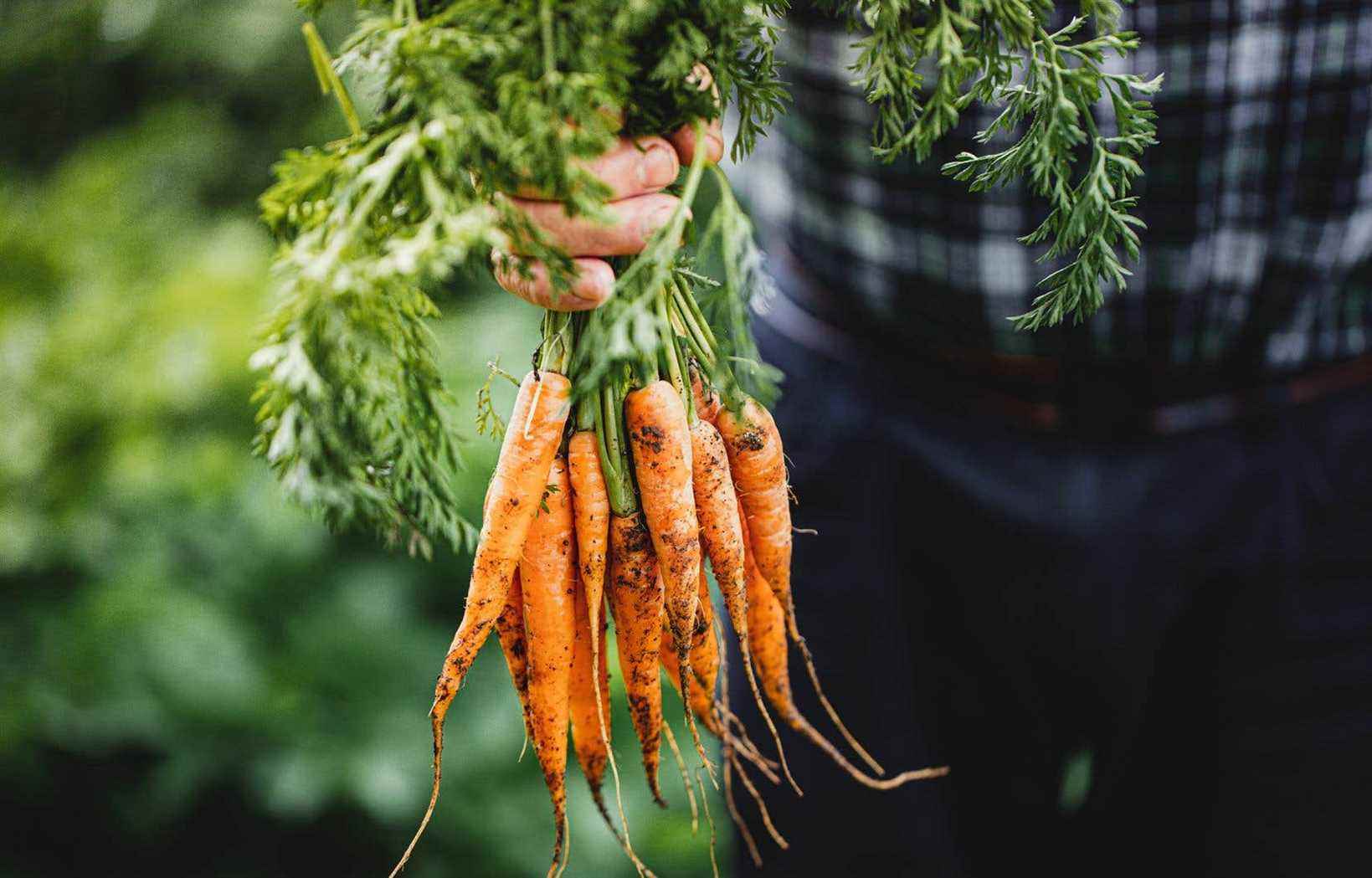This text is part of the special Plaisirs booklet
The temperature this fall has been the hottest. Nights below ten degrees Celsius were very rare in many regions of Quebec until mid-October. While the first frosts normally arrive at the end of September in Estrie, they were still waiting when this column was written. Without falling into a complete analysis of the weather reports, we can say that the crops still in the vegetable garden have benefited.
One of the advantages of still having crops in the garden at this time of year is that they now grow very slowly. They therefore require little maintenance and watering. The competition from unwanted grasses, the famous weeds, is not what it was in June. Insect pests prepare for hibernation and therefore cause little damage. Thus, the vegetable garden acts as a pantry until harvest.
In a few weeks, we will be removing all the root vegetables that are left in the garden. These are mainly vegetables for long storage. The tradition is not new. Cellars were full in virtually every country house not so long ago! Today, as we know more crops that lend themselves well to this type of storage, it is possible to benefit from a greater diversity than at the time. Sometimes, having the possibility of alternating two varieties of beets in winter allows to add colors and flavors to our plates. Radish melons and their vibrant color turn a dish into a work of art. Winter is far from gray when you look at the range of choices offered by vegetables from here.
To wash or not to wash?
One of the questions I am often asked about storing root vegetables is about washing them. Is it better to wash them before storing or to wash them only when in use? In other words, what method allows to preserve their quality as long as possible?
There are two schools of thought on this subject. Take carrots as an example. On the one hand, leaving soil on the carrots provides protection and a buffer zone for moisture. The earth plays the role of a sponge which transmits or retains moisture to the carrot according to its needs. At harvest, it’s a very simple approach, and it allows you to delay washing to a time when you will have more time: in the depths of winter.
On the other hand, when harvesting, the soil around the vegetables is slightly damp. This is when it is easiest to clean them, because the soil can be removed easily, without a brush. A jet of water is sufficient to dislodge it. Be careful not to damage them at this stage, as their shelf life will be reduced. If you take this route, you will need to allow the water on the carrots to dry before storing them. Place them in an open container in the refrigerator for a few days. Then close your container.
I personally prefer to wash them all at once in the fall. I then avoid having to brush my vegetables weekly. It also makes it possible to get one spot dirty, once, and then use those precious crops to create comfort food all winter long.
